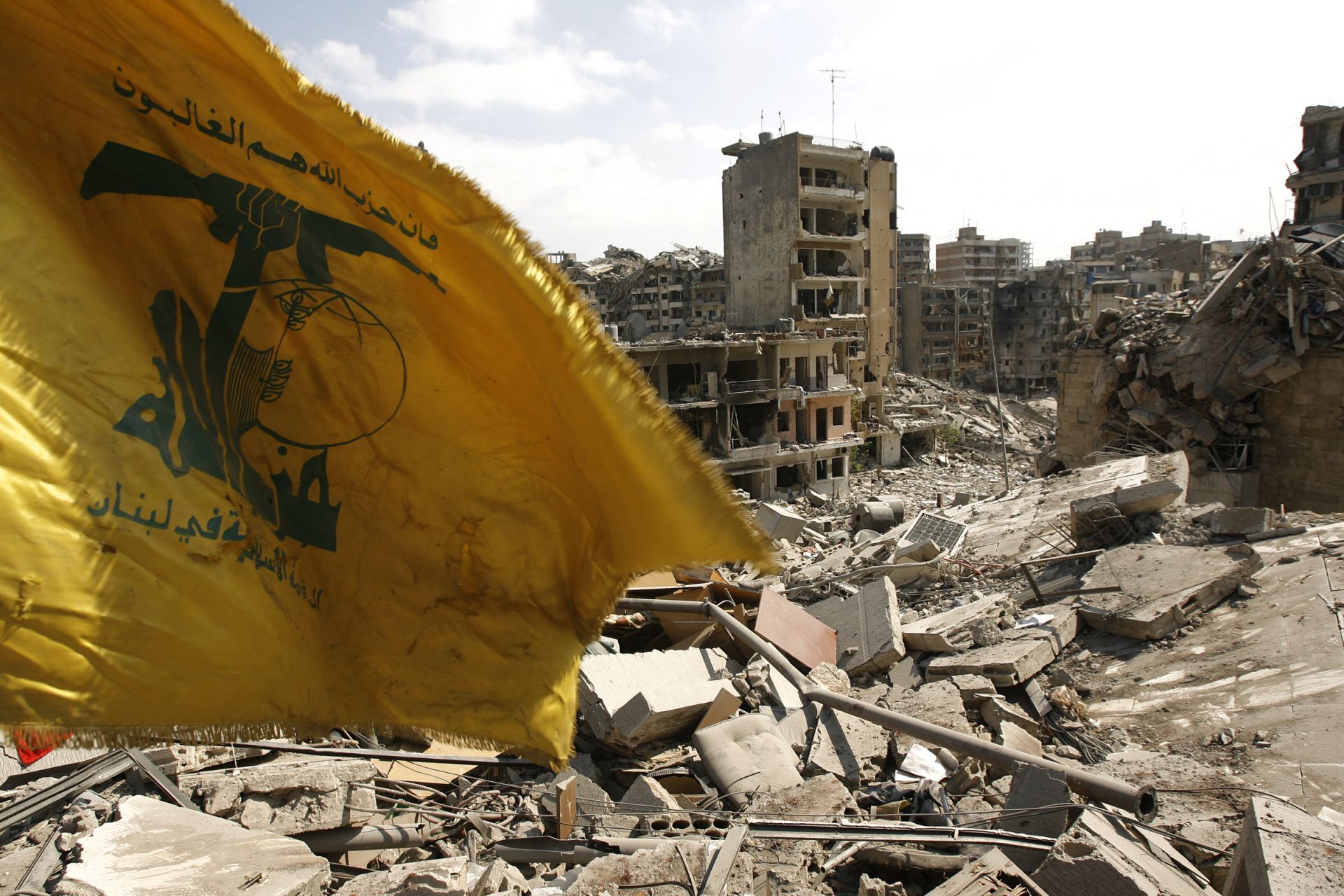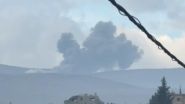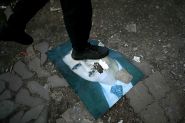
After a year of war, the Israeli army is still struggling to “destroy” Hamas and has launched a ground offensive in Lebanon, making the “total victory” promised by Prime Minister Benjamin Netanyahu seem uncertain.
Despite Israel's advanced technology and continuous financial and military support from the United States, the world's leading power, Hezbollah and Hamas, though far more limited in resources and under constant Israeli bombardment, have managed to hold off the Israeli forces to some extent. This is evidenced by the approximately sixty hostages still held in Gaza. Like many insurgent groups before them, they are employing a familiar tactic: guerrilla warfare.
A Harassment Strategy
In the asymmetric wars in Lebanon and Gaza, a stronger, well-equipped state army faces weaker, often less-equipped groups. These groups, often driven by political or religious ideals—whether fighting for independence or resisting occupation—use guerrilla tactics. They form small, mobile units that harass enemy forces through ambushes, sabotage, and targeted eliminations, avoiding clear front lines. This allows them to infiltrate enemy lines undetected, using their environment—urban in Gaza, rural in Lebanon—to their advantage.
Perfect knowledge of the terrain is one of the advantages of guerrilla warfare, which also relies on the support of the local population, especially when the latter shares a common vision with the group. In an urban setting, the guerrilla can blend into the population and make detection difficult.
According to an expert interviewed by This Is Beirut, urban guerrilla warfare helps to mitigate the technological advantages of a regular army and increases the risk of civilian casualties. Although it is more difficult to coordinate, it appears more effective than rural guerrilla warfare. Indeed, with modern detection and identification means, it is harder to hide in the vegetation, even though the presence of mountains and dense forests in some terrains facilitates concealment.
Technology vs. Guerrilla Tactics
On the other hand, a regular army that is insufficiently trained in guerrilla warfare will face significant challenges. Its firepower is designed for more conventional threats, like tanks and artillery, rather than for combating small, highly mobile groups, the expert notes.
In densely populated urban areas, the army also risks causing high civilian casualties, raising serious ethical and political dilemmas. International humanitarian law, rooted in the Geneva Conventions, emphasizes the need to distinguish between civilians and combatants and requires "constant care to spare the civilian population." Article 51 of the protocol explicitly prohibits indiscriminate attacks, especially those that may "incidentally cause loss of civilian life, injury to civilians, damage to civilian objects, or a combination of these, which would be excessive in relation to the concrete and direct military advantage anticipated."
Therefore, the large-scale and continuous Israeli bombings in Gaza and Lebanon, while reducing the risk of Israeli military casualties, fail to meet any of the five core principles of international humanitarian law.
On the technological front, the massive use of drones, as well as espionage and cyber-espionage techniques, drastically increases the effectiveness of armies against guerrilla warfare, as evidenced, for example, by the explosion of beepers in Lebanon. Similarly, the constant modernization of defense systems, such as the Israeli Iron Dome, and offensive capabilities can demoralize guerrilla fighters.
However, the elusive nature of small guerrilla units can affect troop morale. In this regard, many Israeli soldiers have mentioned the impression of “fighting ghosts” during their past or recent confrontations with Hamas and Hezbollah. This feeling is reinforced by the extensive use of tunnels by these groups, which protect them from drones and allow them to carry out stealthy and rapid operations before disappearing into underground networks.
Despite significant technological means and bombs capable of striking deep, it is very difficult to combat such a network without a ground intervention. For example, American forces in Vietnam never managed to neutralize the Viet Cong’s Củ Chi tunnels.
Counterinsurgency Strategies
Faced with guerrilla warfare, “counterinsurgency” (COIN) strategies have been developed by regular armies. These are based, the expert explains, on continuous surveillance and intelligence actions to conduct targeted operations that dismantle guerrilla networks and their support systems.
Special units have also been created to adopt the tactics and lifestyle of guerrilla fighters, to provoke their adversaries into making mistakes. This was notably one of the strategies implemented by the French army during the Algerian war with the commandos.
At the same time, the army may attempt to garner the support of the local populations to turn them away from the guerrilla. This strategy has been implemented several times by the French army, whether in Algeria or Afghanistan. The idea is to provide aid to residents and address their needs, such as building wells or sending doctors.
Although these “counterinsurgency” strategies have proven effective, notably in Colombia in the fight against the FARC, they are also controversial, particularly due to the use of torture, as was the case with the French army in Algeria or more recently with the American army at the Abu Ghraib prison in Iraq between 2003 and 2004.
After a year of war and the start of the Israeli ground offensive in Lebanon, the outcome remains uncertain. While in the short term, bombings and forced displacements have allowed the Israelis to take control of the Gaza Strip, Hamas continues to operate underground, and the growing resentment and despair of the civilian population may enable it to recruit new members. In Lebanon, a prolonged ground offensive, even if it uses the same methods applied in Gaza, could prove extremely costly for the Israelis. With the involvement of many international actors, the conflict is likely to drag on without any real winner emerging, always to the detriment of the civilian populations.



Comments